1. Over-the-Top Holiday Lights
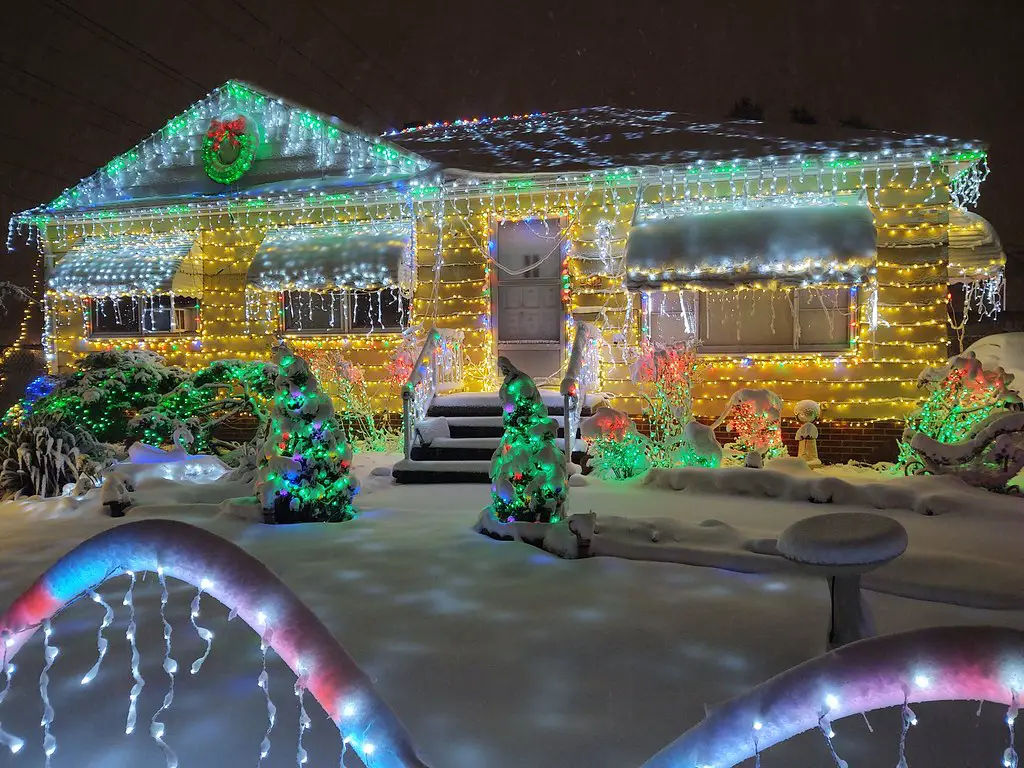
The holiday season in the United States wouldn’t be complete without extravagant light displays. Some Americans go all out with their decorations, covering their homes, yards, and even trees with thousands of twinkling lights. Entire neighborhoods often get into the spirit, creating dazzling spectacles that attract visitors from near and far. Popular elements include inflatable snowmen, glowing reindeer, and synchronized lights set to music. Homeowners often spend weeks preparing these displays, with some even entering competitions for the most impressive setup.
This tradition is deeply rooted in creating joy and spreading holiday cheer, as families and friends often gather to admire the lights together. In some areas, drive-through light shows are organized, where visitors can view elaborate setups from the comfort of their cars. While the energy consumption might be high, many people now use energy-efficient LED lights to reduce their environmental impact. These over-the-top displays reflect a love for celebration, creativity, and community spirit. For many, the tradition of putting up holiday lights is as much about the process as the final result, marking the start of the festive season.
2. Thanksgiving Decorations
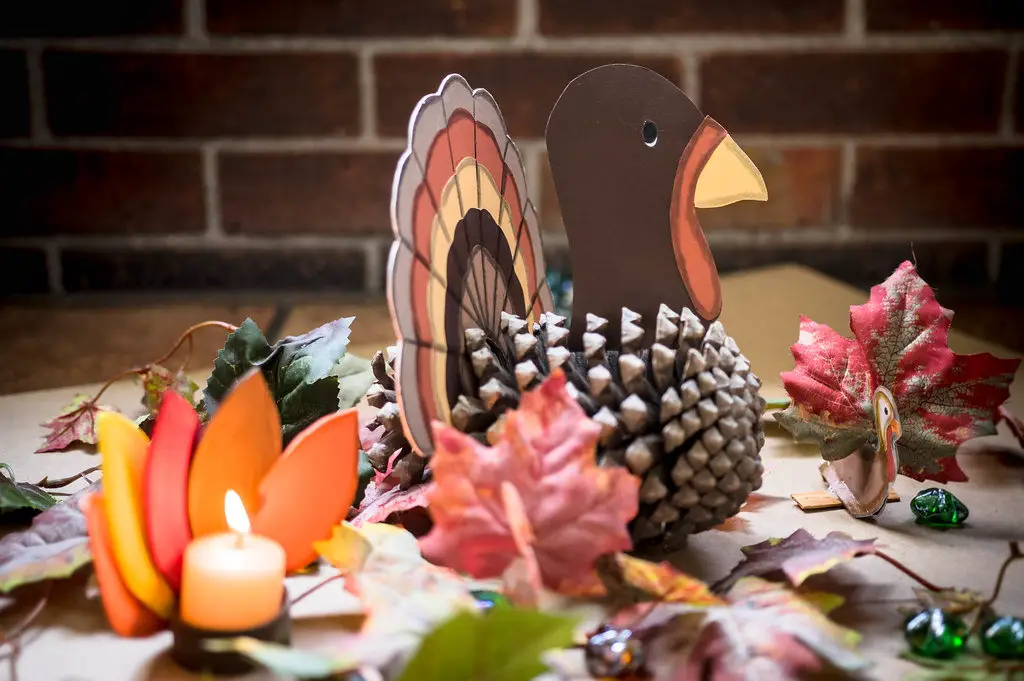
Thanksgiving decorations hold a special place in many American households, serving as both a nod to tradition and a celebration of the season. Starting as early as October and lasting well into November, homes across the country are adorned with turkey-shaped centerpieces, cornucopias overflowing with faux fruits, and an abundance of pumpkins in various shapes and sizes. Some families even create elaborate table settings with autumnal colors like deep orange, golden yellow, and rustic brown, all designed to evoke a sense of warmth and gratitude. Wreaths made of dried leaves, acorns, and miniature gourds are common on front doors, offering a festive welcome to guests.
For some, Thanksgiving décor extends outdoors, with front yards featuring hay bales, scarecrows, and even inflatable turkeys. This tradition showcases the American love of creating cozy, seasonal aesthetics that reflect the spirit of the holiday. It’s a time when people embrace creativity, often involving children in crafting homemade decorations. Beyond just aesthetics, these decorations symbolize togetherness, gratitude, and the harvest season. Whether subtle or extravagant, Thanksgiving décor transforms ordinary spaces into a celebration of family and tradition.
3. Displaying the American Flag Indoors
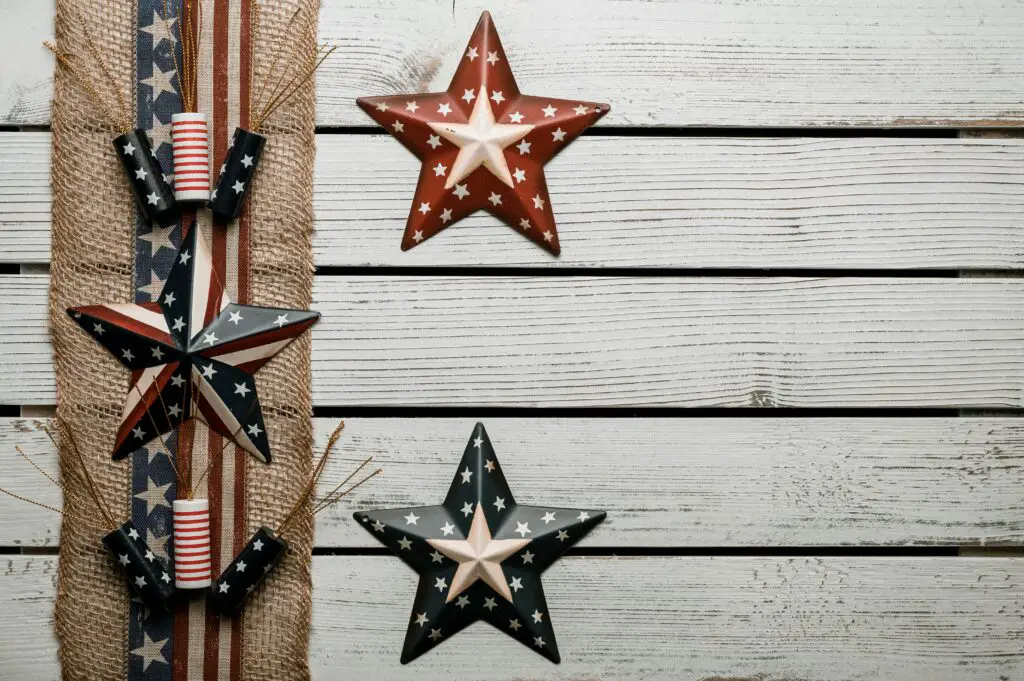
Displaying the American flag indoors is a cherished tradition that reflects patriotism and national pride. Rather than reserving the flag for outdoor use, many Americans incorporate it into their interior décor in unique and creative ways. Framed flags are often hung on walls, serving as both art and a symbol of allegiance. Others opt for subtler touches, such as pillows, curtains, or rugs featuring stars-and-stripes motifs. This practice isn’t limited to national holidays like the Fourth of July or Memorial Day; for some, it’s a year-round expression of their love for the country.
These displays can be found in living rooms, home offices, and even kitchens, blending seamlessly with other decorative elements. Many people take care to ensure the flag is displayed respectfully, following etiquette guidelines such as keeping it upright and in good condition. This tradition speaks to the deep sense of identity and pride many Americans feel toward their nation. Whether bold or understated, incorporating the flag indoors is a meaningful way to honor the values and freedoms it represents.
4. Monogramming Everything
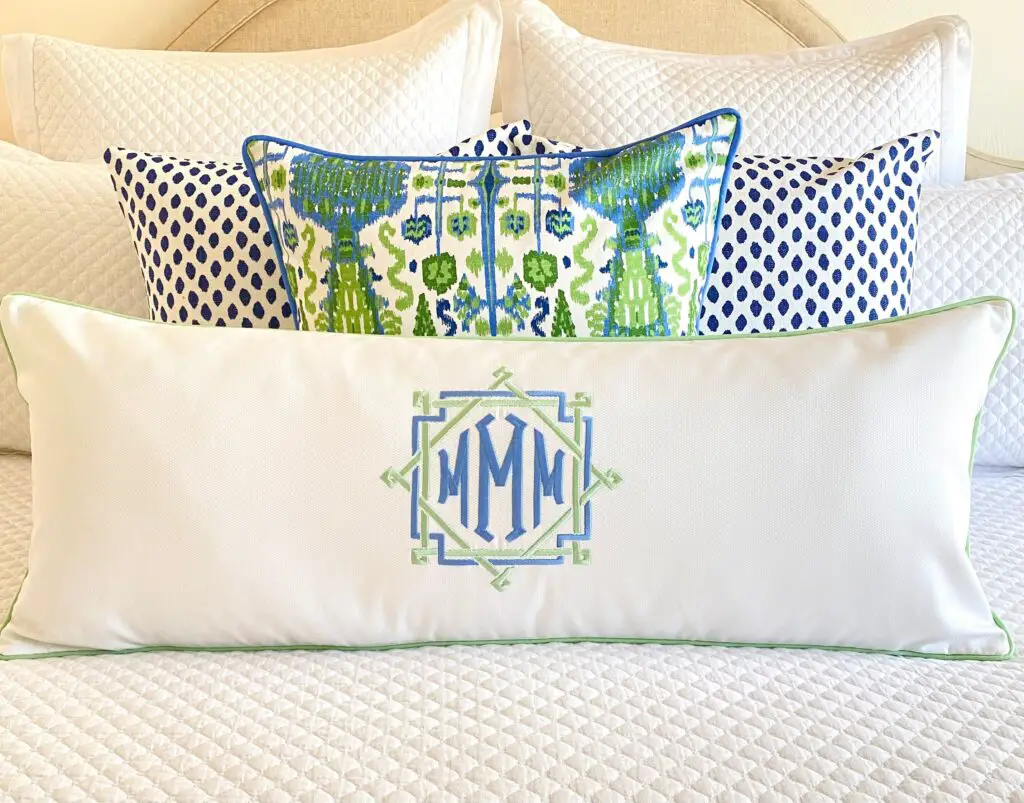
Personalization is a hallmark of American culture, and monogramming household items is a trend that perfectly captures this love for individuality. From towels and pillows to glassware and doormats, monogrammed items are everywhere in American homes. This practice allows families to add a personal touch to their belongings, often showcasing initials, names, or even custom designs. Monograms are popular in nurseries, where baby blankets and wall art proudly display the child’s name, as well as in kitchens, where cutting boards and aprons might be engraved.
Beyond décor, monogramming is also used to prevent items from being mixed up or misplaced, especially in large households. This tradition is particularly popular in the southern United States, where it’s seen as both a stylish and sentimental way to celebrate family identity. With platforms like Etsy offering endless customization options, monogramming has become more accessible than ever. Whether for functional purposes or purely for decoration, this trend highlights a love for making everyday objects unique and meaningful.
5. Laundry Rooms as Dedicated Spaces
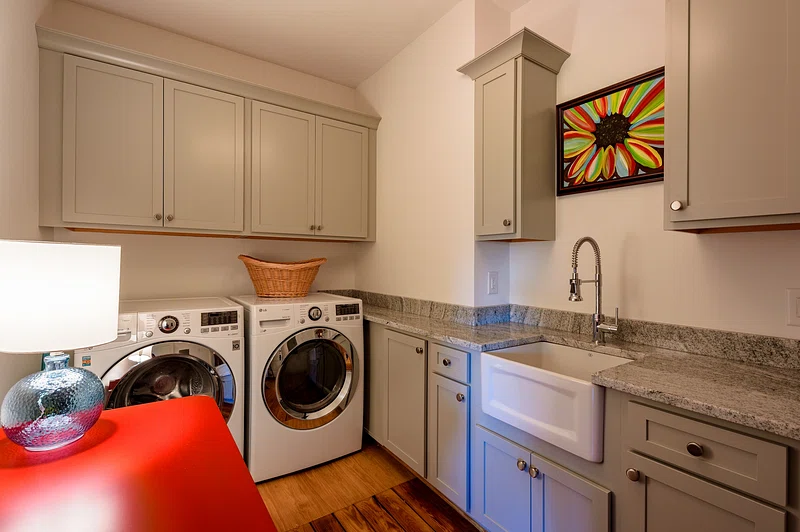
In many American homes, laundry isn’t just a chore—it’s an experience, thanks to dedicated laundry rooms. Unlike in other countries where washing machines are often tucked into kitchens or bathrooms, Americans frequently designate a separate room for this task. These spaces are thoughtfully organized, featuring shelves for detergents, hampers for sorting clothes, and drying racks for delicates. Many homeowners even take the extra step of decorating their laundry rooms to make them more inviting, with cheerful wall art, colorful paint, or decorative baskets.
This approach reflects a broader American tendency to create functional yet aesthetically pleasing environments in every part of the home. Some laundry rooms also double as mudrooms, adding hooks for coats and shelves for shoes. The idea is to contain the mess and streamline household routines, keeping the main living areas clean and clutter-free. With trends leaning toward making even the most utilitarian spaces feel cozy, laundry rooms often include small touches like scented candles or a radio for entertainment. This tradition combines practicality with comfort, transforming a mundane task into something more enjoyable.
6. Open Houses for Neighbors
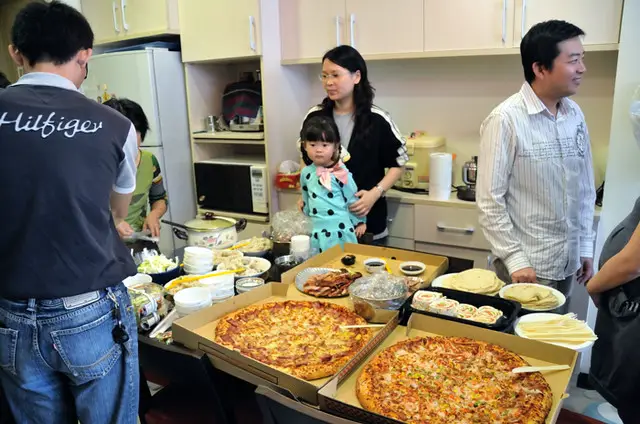
When moving into a new home, many Americans host open houses as a way to introduce themselves to the neighborhood. This practice fosters a sense of community and helps new residents establish connections in their area. Open houses are typically informal gatherings, with refreshments like cookies, coffee, or lemonade offered to guests. Neighbors drop by to chat, exchange contact information, and share tips about the local area.
For families, this event can also be an opportunity to arrange playdates for children or discuss community events. Hosting an open house signals friendliness and a willingness to be part of the neighborhood, setting a positive tone for future interactions. Some people even go a step further by offering small party favors, like baked goods or handmade tokens, as a gesture of goodwill. While not every family opts for this tradition, those who do often find it a rewarding way to build relationships and create a welcoming environment. This unique custom highlights the importance Americans place on hospitality and community bonding.
7. Seasonal Bedding Swaps
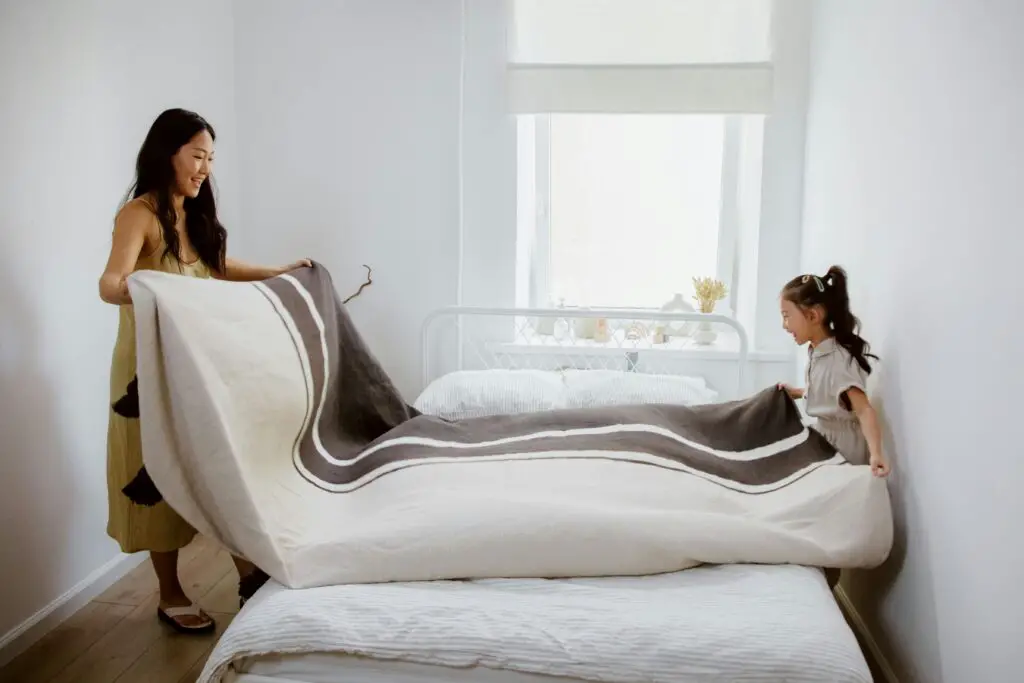
Switching bedding to match the seasons is a unique and cozy tradition embraced by many Americans. In summer, lightweight quilts or cooling sheets in bright, cheerful patterns dominate the bedroom. As the temperatures drop, heavier options like flannel sheets, plush blankets, and holiday-themed bedding take their place. This practice is about more than just comfort—it’s also a way to refresh the room’s aesthetic with each change in weather. Festive bedding featuring snowflakes, reindeer, or fall leaves can transform a bedroom into a seasonal retreat.
For families, this tradition often extends to children’s rooms, with kids getting excited about picking out bedding that matches the time of year. Retailers cater to this trend by offering an array of options for every season and holiday. Beyond the visual appeal, swapping bedding can also signal a psychological shift, marking the arrival of a new season or celebration. It’s a small but impactful way to embrace change and infuse a bit of joy into everyday life. For many, this habit has become an essential part of their annual routine.
8. Garage Sales in Driveways
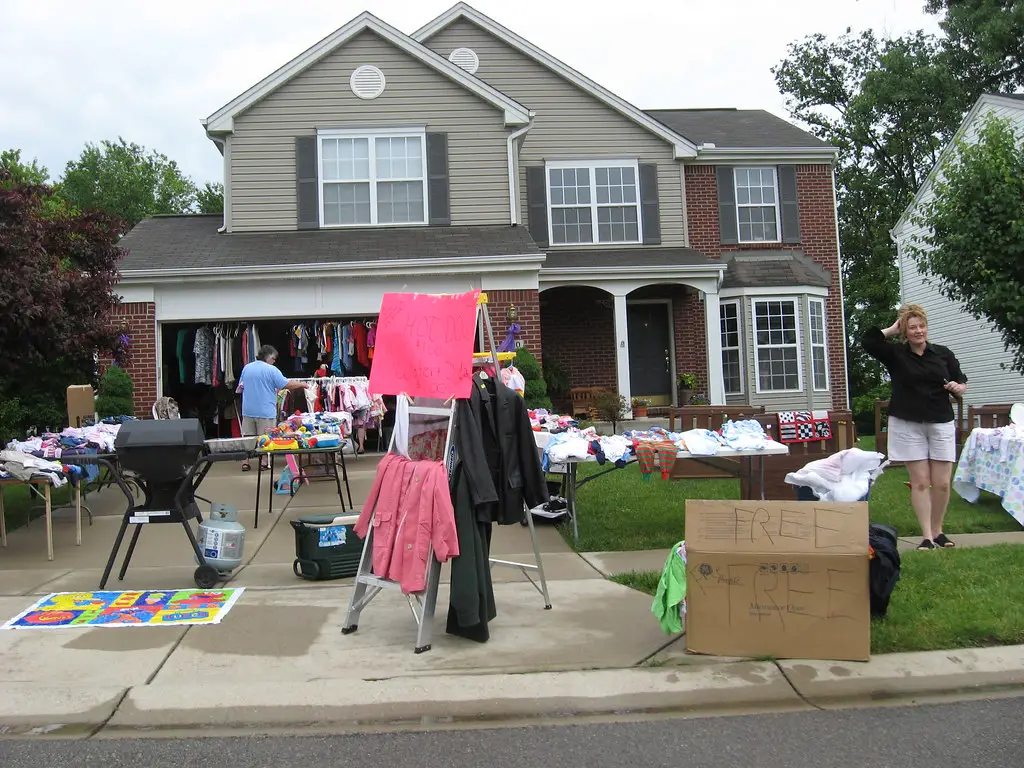
Garage sales are a quintessential American tradition that turns driveways into bustling hubs of community interaction. Often held on weekends, these sales allow homeowners to declutter their spaces by selling unwanted items, from clothes and furniture to books and toys. Beyond their practical purpose, garage sales are social events where neighbors gather, chat, and sometimes haggle over prices. Signs advertising these sales, often hand-painted or printed, can be found on street corners, directing bargain hunters to the location. For many, attending garage sales is a weekend pastime, offering the thrill of discovering hidden treasures at unbeatable prices.
Children often join in by setting up lemonade stands, adding a touch of charm and entrepreneurship to the event. Sellers sometimes organize their goods on tables or blankets, making it easy for buyers to browse. Community-wide sales, where multiple homes participate, create an even bigger draw, transforming neighborhoods into temporary marketplaces. Garage sales reflect the American values of resourcefulness and community engagement, as well as a love for finding deals. They’re also eco-friendly, giving items a second life rather than sending them to landfills.
9. Porch Décor for Every Holiday
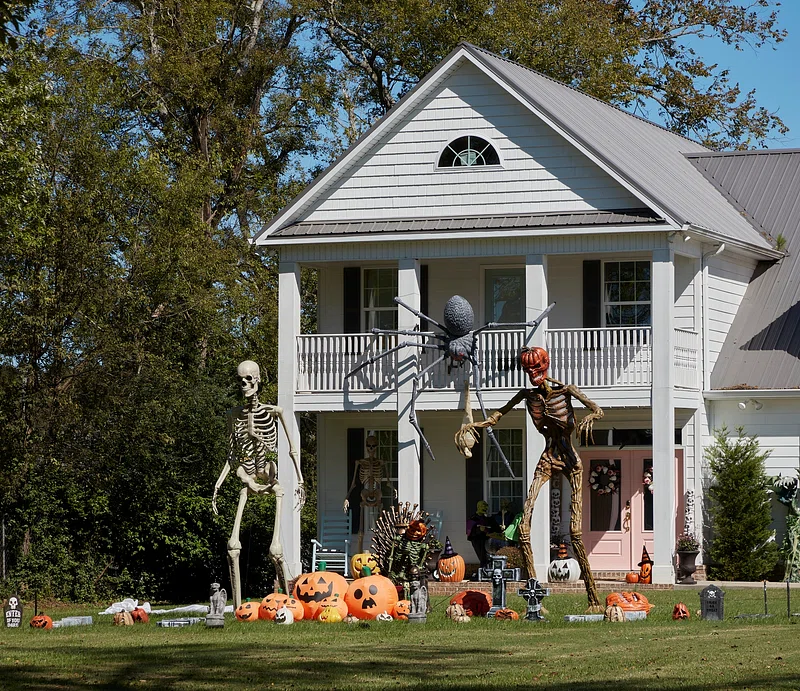
Decorating porches for holidays is a beloved tradition in the United States, turning outdoor spaces into festive showcases. From Halloween jack-o’-lanterns to Christmas wreaths and patriotic flags for the Fourth of July, porches often reflect the holiday spirit. Homeowners take pride in creating visually appealing displays that delight neighbors and passersby alike. For autumn, you’ll find porches adorned with hay bales, scarecrows, and corn stalks, while spring might bring flower baskets and pastel accents.
Some families even compete in neighborhood decorating contests, particularly during the winter holiday season, when lights and inflatables dominate. This practice extends beyond major holidays, with some people decorating for less conventional occasions like Valentine’s Day or St. Patrick’s Day. The tradition fosters a sense of joy and creativity, allowing homeowners to express their personalities through their decorations. It’s also a way to create a warm and inviting atmosphere for guests and visitors. Porch décor serves as a cheerful reminder of the season or celebration at hand, adding charm and character to neighborhoods across the country.
10. Themed Rooms
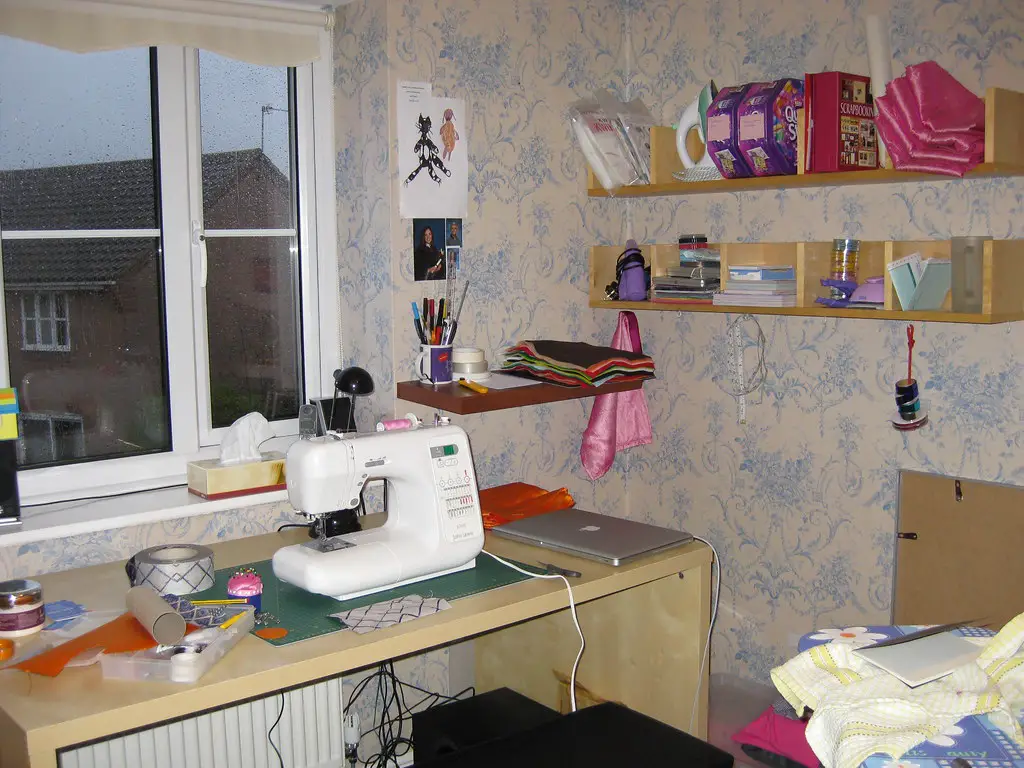
Many American homes feature themed rooms, reflecting the homeowner’s hobbies, passions, or interests. These spaces might be dedicated to sports, travel, music, or even pop culture, with décor carefully curated to match the theme. For example, a sports-themed room might include framed jerseys, team memorabilia, and a color scheme that matches the favorite team. A travel-themed space could showcase souvenirs, maps, and photographs from adventures around the world. Children’s rooms are often designed around their favorite characters, animals, or activities, creating a whimsical environment for play and rest.
Themed rooms are not only decorative but also functional, serving as personal retreats or conversation starters when guests visit. Some homeowners even create more niche themes, such as a library-inspired study with vintage books and globe lighting or a Hollywood-style home theater with movie posters and plush seating. These spaces allow for self-expression and creativity, turning rooms into immersive experiences. Themed rooms highlight the American tendency to personalize living spaces in a way that reflects identity and interests. Whether elaborate or subtle, they add unique charm and character to a home.
11. Backyard Fire Pits
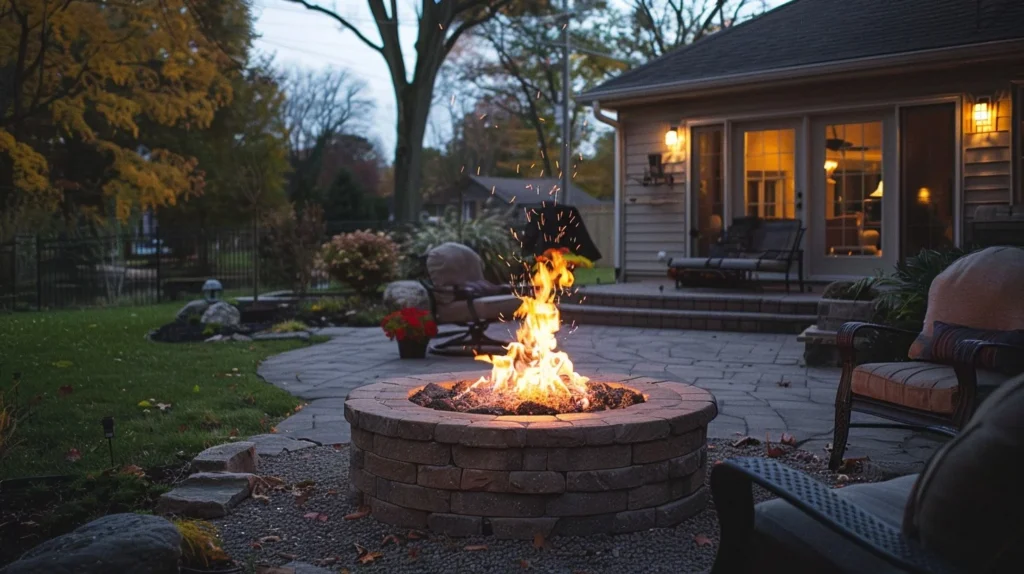
Backyard fire pits have become a staple feature in many American homes, providing a cozy space for relaxation and entertainment. Whether built into the ground or purchased as portable units, fire pits are perfect for gathering with family and friends. They’re often used for roasting marshmallows, telling stories, or simply enjoying the warmth on a chilly evening. In cooler months, fire pits extend the usability of outdoor spaces, allowing homeowners to enjoy their yards year-round. Some people surround their fire pits with comfortable seating, string lights, and outdoor rugs to create a welcoming ambiance.
Fire pits also come in a variety of styles, from rustic stone designs to sleek, modern options fueled by gas. This versatility makes them a popular choice for enhancing backyard aesthetics and functionality. In addition to their entertainment value, fire pits can also serve as a focal point for landscaping. They bring people together, encouraging conversation and fostering a sense of connection. For many, the soft crackle of a fire and the glow of flames create the perfect setting for unwinding after a long day.
12. Mudrooms
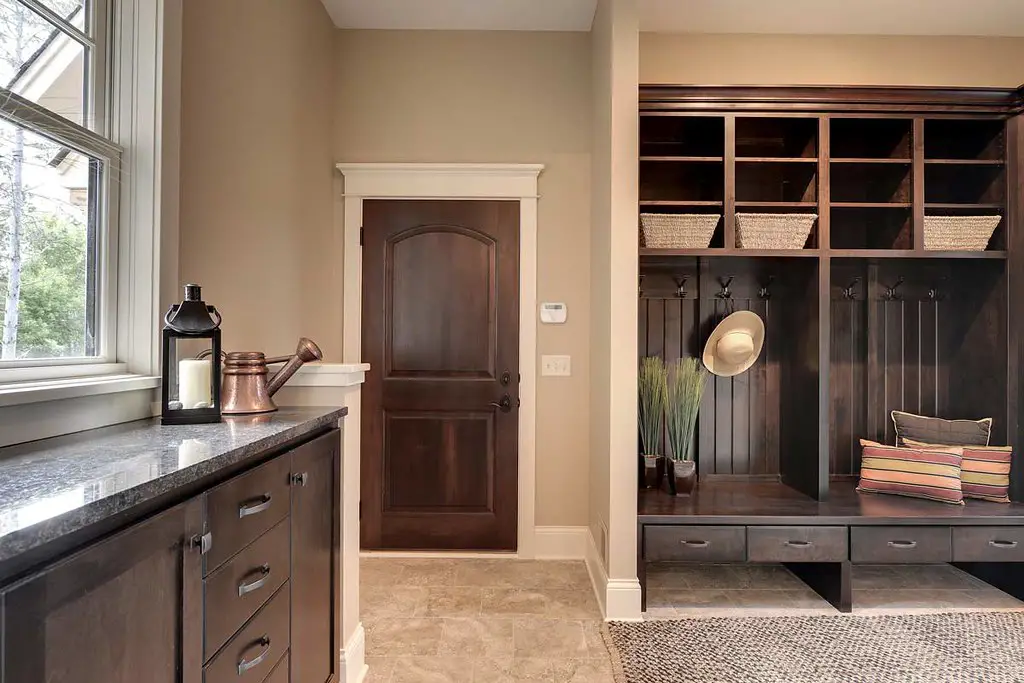
Mudrooms, small entryways designed to keep the main living areas clean and organized, are a practical feature in many American homes. These spaces are typically located near a back or side door and serve as a buffer between the outdoors and the rest of the house. Mudrooms are equipped with hooks for coats, cubbies or shelves for shoes, and benches for sitting while putting on or taking off footwear. Some even include storage for sports equipment, umbrellas, or pet supplies, making them incredibly versatile. Homeowners often decorate mudrooms with cheerful colors, rugs, or wall art to make the space feel inviting.
These rooms are especially useful in regions with distinct seasons, as they help contain mud, snow, or rain brought in from outside. In addition to their functionality, mudrooms reflect a focus on organization and efficiency, allowing families to maintain order in busy households. They’re also increasingly seen as design opportunities, with custom cabinetry and built-in features adding to their appeal. Mudrooms embody the American value of practicality while also serving as a stylish introduction to the home.
